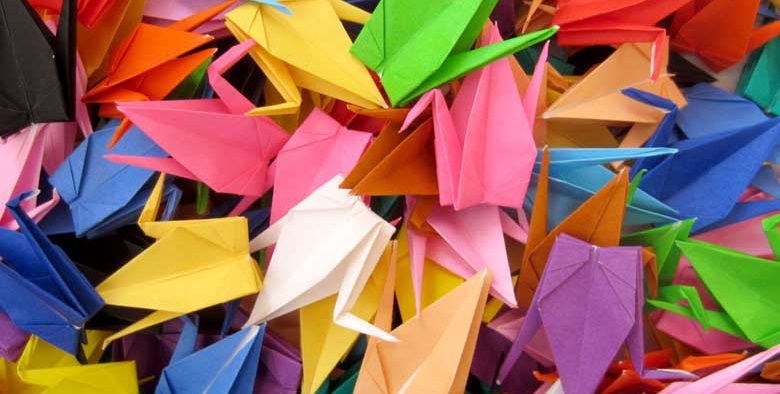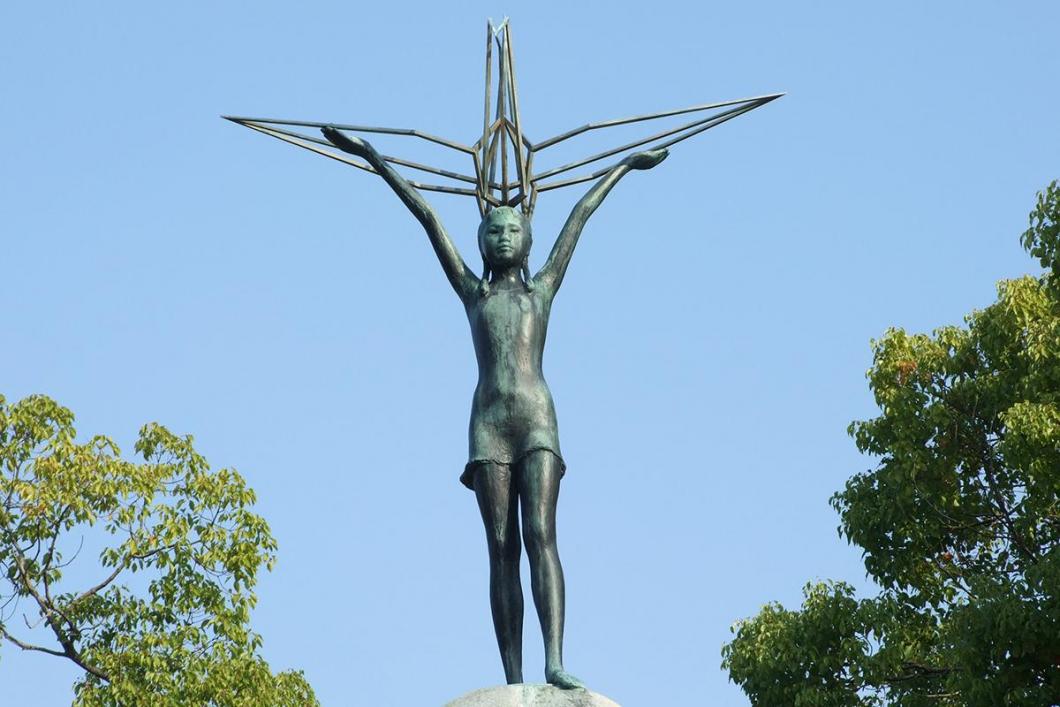Origami Cranes: History & mystery

Origami is a Japanese word; a combination of two words. “ori” means to fold and “kami” means paper. It is believed that Japanese origami began in the 6th century. Due to the high costs of paper, it was only used for religious ceremonial purposes.
In Japan, the crane is a mystical creature and is believed to live for a thousand years. As a result, in the Japanese, Chinese and Korean culture, the crane represents good fortune and longevity. The Japanese refer to the crane as the “bird of happiness”. The wings of the crane were believed to carry souls up to paradise. Mothers who pray for the protection of the crane’s wings for their children will recite the prayer:
“O flock of heavenly cranes
covers my child with your wings.”
It was believed that if one folded 1000 origami cranes, one’s wish would come true. It has also become a symbol of hope and healing during challenging times.
As a result, it has become popular to fold 1000 cranes (in Japanese, called “senbazuru”). The cranes are strung together on strings – usually 25 strings of 40 cranes each and given as gifts.
A famous story about senbazuru is that of Sadako Sasaki. Sadako was a little girl who was exposed to radiation as an infant when the atomic bomb was dropped on Hiroshima. Although she survived the bomb, she was diagnosed with leukemia by the age of 12. She decided to fold 1000 cranes, hoping that her wish to live would come true. Unfortunately, she only was able to fold 644 cranes before she passed away.

Origami Cranes Statue in Japan
Her classmates then continued to fold cranes in her honor and she was buried with a wreath of 1000 cranes to honor her dream. There is now a statue of Sadako in Hiroshima Peace Park – a little girl standing with her hand outstretched, holding a paper crane. Every year, thousands of wreaths of senbazuru are draped over her statue.
I am a freelance writer studied Biochemistry at the University of Agriculture Peshawar in the faculty of Nutrition sciences.







